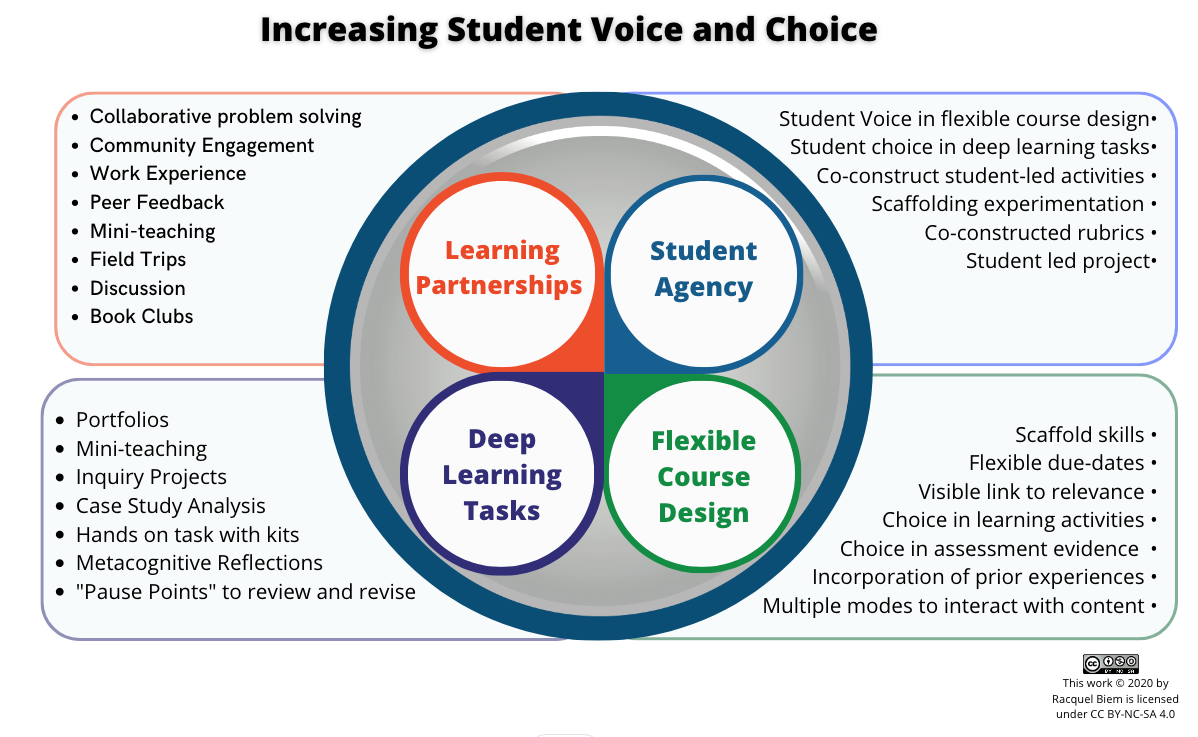Debates as a Teaching Method or Course Format
Recently, I did some reading on using debates as a course format. I had been familiar with using debates as an instructional strategy, but not as the actual format for an entire course.
I was able to find a few examples of where this had been previously done, including the Genome 475 course at the University of Washington:
For this course, debates were used for all of the units. Each unit was broken into three parts
- A introductory lecture or discussion
- The debate
- An open discussion of issues raised in the debate
Other important pieces of information from this example were that
- Class attendance is required and part of assessment
- Before the first debate, two faculty members have a debate as an example
- The students not involved in the debate act as debate judges
Another example of a course can be found in “Debate: Innovative Teaching to Enhance Critical Thinking and Communication Skills in Healthcare Professionals” (PDF) by Dawn Hall (2011).
I highly recommend that you check out this article – especially the Debate Format table (Table 2 Page 4) and the Debate Rubric (Table 3 Page 5).
An interesting note from this course is that the instructor does not provide specific debate questions; rather the instructor provides a topic, such as nursing. The students not involved in the debate are then responsible for choosing the specific issue within the topic, for example, patient abandonment.
Throughout my research I also looked at:
- “Using debates to develop and assess critical reasoning abilities in first year bioscience students” by Catherine Sanderson (2007)
- Kirsten Hardie: On Trial Project
- “Debate: A Teaching Strategy to Improve Verbal Communication and Critical-Thinking Skills” by Garrett, Michele MSN, RN, Schoener, Lois MS, RN, & Hood, Lucy MSN, RN. (1996)
Throughout this reading, I was able to pull out common themes or findings:
- Students need pre-teaching on debate skills
- Students need ample time to prepare for each debate – at least some of this time should be provided in class
- There must be an open discussion following the debate – debates often miss the middle-ground surrounding an issue because they focus on the two ends of the spectrum
- Students need pre-requisite knowledge on the topics – either delivered through lecture in this course prior to the debate planning or from previous courses
- Debate format will work best with a class of approximately 15 students
- All students need a role in every debate – this may include being judges or being responsible for debriefing
- Place students into their roles of for or against an issue – do not allow them to choose. This allows for greater growth and new learning
Debate is a powerful instructional strategy that forces students to become immersed in research to support their arguments. If you have a course where this could work, I would highly recommend trying this design. Feel free to contact us here at GMCTE for assistance!


